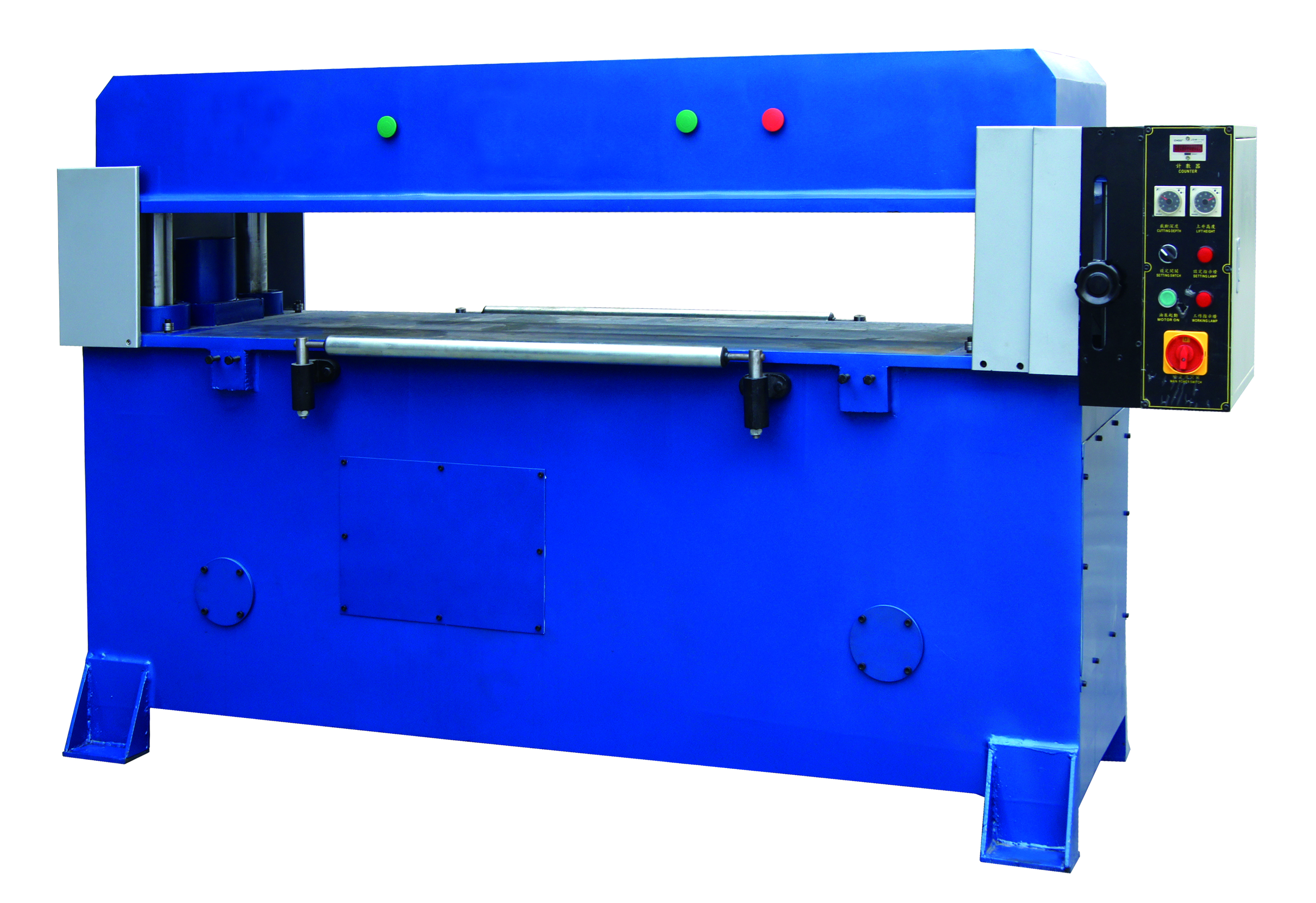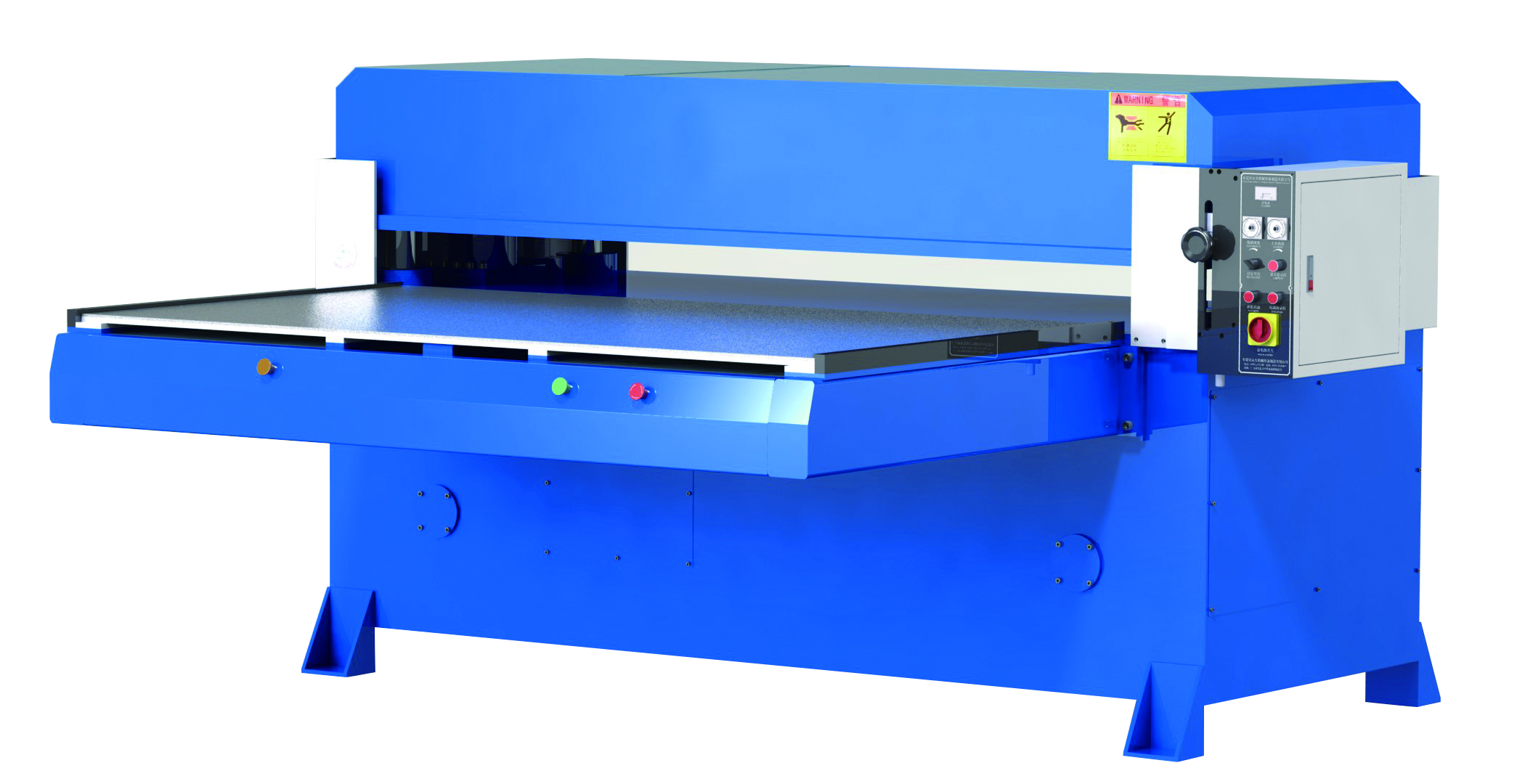Use and inspection safety of tools and meters for communication construction maintenance
1. When working, you must choose the right tool, use it correctly, and not replace it. Tools should be kept intact, firmly applied and checked regularly. Found that there is a defective replacement.
2. Various sharp-edged tools (such as planers, drills, chisels, axes, and various types of knives, etc.) are not allowed to be inserted into the belt or placed in the pockets of the clothes; the front edge must not face outward when transported or stored. To avoid hurting people.
3. The use of hand hammers and hammers is not allowed to wear gloves. Stand in opposite directions when standing in double operation.
4. When you pass the tool, you are not allowed to throw it. Place larger tools and materials on flat surfaces to avoid injury.
5. The installation of tools and instruments should be firm and tight and prevent the danger of falling off or breaking during use.
6. Using a hacksaw, the saw blade should be securely mounted and moderately tight, and the force should be uniform when used. Do not swing it to the left or right so as not to break the steel saw blade.
7. When using wrenches or pliers, inspections should be performed. Damaged or unmovable moving parts should not be used. Do not use too much force, do not allow mutual substitution, and do not allow long handles to be removed.
8. The use of pulleys, tighteners, should be regularly filled with oil to keep active parts free. It is forbidden to use small or large children. The tightener key (handle) must not be fitted with a sleeve or extension.
Second, ladder, high stool
(a) When using ladders, the following must be noted:
1. Always check that the ladder is intact; any ladder that has been broken, loosened, broken, slipped off, and rotted must not be used.
2. Up and down ladders must not carry bulky tools and materials.
3. There must be no two people working on the ladder at the same time.
Third, seat belt and rod tools
(1) The following items must be observed when using seat belts:
1. Before use, it must be strictly inspected to ensure it is reliable and reliable. If there is a crease, the spring buckle is not flexible, or can not be fastened, the belt eye has a crack, the belt wear on the belt and the broken end of more than 1/10 and there is corruption, are prohibited.
2. Should be separated from the acid, sharp edge tools and storage, etc., and should not be placed on the stove, radiators and other places too hot and humid, so as not to damage.
3. When using, do not twist the belt. All buckles on the belt should be buckled properly. The belt head should pass through the small circle of the belt. The ropes and safety ropes of the seat belts shall not be buckled and the objects shall not be hoisted so as not to damage the ropes.
4. Every time the belt is used or stored for a certain period of time, a reliability test should be performed. The test method is that the weight of 200 kilograms can be passed through the seat belt, suspended and hung. There are no scars, breaks, and the fastening must be secure before use.
(b) Do not use ordinary ropes or various insulated skins instead of seat belts.
(C) Notes on the use of foot buckles:
1. Always check that it is in good condition. Do not make it slippery and sharp. The strap must be strong and durable. The buckle plate and hook must be riveted.
2. The size of the buckle should be suitable for the thickness of the pole, and do not expand the socket by the foot buckle because it is not suitable for use.
3. The hoses and pads on the concrete stem should be kept intact. When the cracks are exposed on the plastic line, they should be replaced. Others require the same general buckle.
4. The hooks, ropes, and plates of the footboard must be kept in good condition before use.
5. The test method for the foot buckle is:
(1) The foot buckle is stuck on the pole about 30 centimeters from the ground, one foot is suspended, and one foot is slammed with the maximum force.
(2) 200 kg of suspended hangings should be used in the center of the foot plate. Only if there is no sign of damage and deformation, can it be used.
Four, pulleys and ropes
(1) All kinds of pulleys should always check the oil injection and keep it well. If there are signs of damage or missing parts, they should not be used.
(2) Never use a pulley to pull up or put down any heavy objects.
Fifth, torch
(1) Do not use torches that leak oil or leak air. Refueling must not be excessive, and air pressure must not be too high. Do not heat the torch on the stove to avoid danger.
(2) It is forbidden to ignite and repair the torch near any flammable material. When using torches at high altitudes, you must use ropes to hang or hang them.
(3) The burning torch cannot be reversed.
(4) The lit torch cannot be refueled, and the flame must be extinguished when it is refueled. After a little cold, add fuel.
(5) The use of torches must use specified oils and should not be used on their own behalf to avoid danger.
(6) Do not use torches to boil water or cook rice.
(7) After the blowtorch is used up, deflate the gas in a timely manner and switch the throttle once to avoid the blown light blocking.
Blister punching machine
Blister punching machine specifications
1.Smooth
movement, less consumption
2.Suitable for single layer or layers of leather, plastic
3.Easy to operate and maintain
Blister Punching Machine working principles
Using the advanced crank connecting rod mechanism. By the motor drives the flywheel, the flywheel through shaft and pinion drive big gear, crankshaft, gear through the clutch to drive the crankshaft drives the connecting rod to make the slider to work.
Blister punching machine applications
This is double column cutting machine, is suitable for the single layer or layers of leather, plastic, artificial leather, textiles and other materials forming blanking, as long as the match to be on the molding box knife, can get various shapes of products, such as soles, shoes, handbags, gloves, toys, clothing, blister, plastic and craft products.
Blister punching machine features
1. The machine has compact structure, smooth movement, less consumption, even platen movement using a crank rod and health institutions clutch control, convenient operation, safe and reliable.
2. The feet or hands button operation pressure plate, ensure the safety of operators.
3. The intermittent type single stroke operation, the emergency stop device, to ensure safe operation.
4. Automatic lubricating system ensures machine precision and enhance machine durability.
5. Can be adjusted according to the different height of products any pressure plate spacing.


Blister Punching Machine
Blister Punching Machine,Punching Machine For Blister,Plastic Blister Punching Machine,Punching Machine For Plastic
ShenZhen Hengxing Machinery Factory , http://www.szchxjx.com